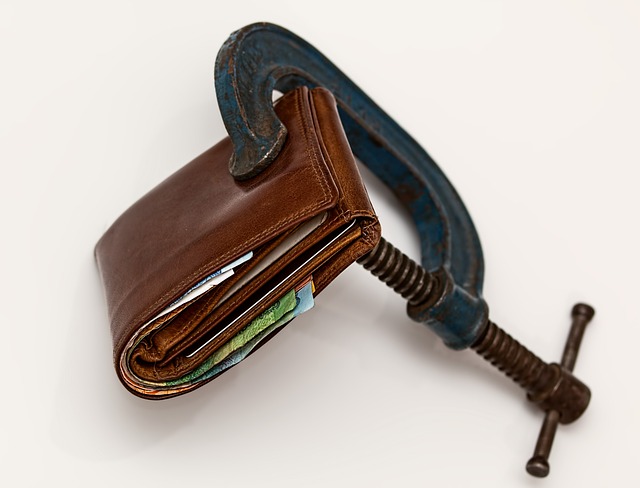Debt consolidations loans streamline multiple debts into one with a lower interest rate, simplifying repayment, saving money, and freeing up cash. To consolidate, assess existing debts, compare rates from lenders, calculate a new lower rate, pay off each debt in full with loan funds, and enjoy improved financial management and freedom.
Are you buried under a mountain of debt with high-interest rates? Debt consolidation loans could be the solution you need for financial freedom. This article explores how debt consolidations loans work, helping you understand debt consolidation as a powerful tool to manage and reduce your debt burden. We’ll guide you through the process step by step, empowering you to take control of your finances and achieve consolidation of debt with lower interest rates.
- Understanding Debt Consolidation Loans: Unlocking Lower Interest Rates
- The Process of Consolidating Debt: Step-by-Step Guide to Financial Freedom
Understanding Debt Consolidation Loans: Unlocking Lower Interest Rates

Debt consolidation loans offer a strategic approach to managing multiple debts by combining them into one loan with a lower interest rate. This financial tool allows individuals to simplify their repayment process, making it easier to stay on top of their debt obligations. By consolidating debt, borrowers can potentially reduce their overall interest expenses and free up extra cash each month, which can be allocated towards other financial goals or savings.
The process involves taking out a new loan from a lender, typically with a lower interest rate than the existing debts being consolidated. This new loan is then used to pay off all other outstanding debts, effectively freeing the individual from multiple repayment obligations. With debt consolidations loans, borrowers can enjoy the convenience of making just one monthly payment at a reduced rate, potentially saving them time and money in the long run.
The Process of Consolidating Debt: Step-by-Step Guide to Financial Freedom

Debt consolidation is a powerful tool for managing and eliminating multiple debts. The process involves taking out a new loan to pay off existing debts, which can simplify repayment and potentially lower interest rates. Here’s a step-by-step guide to help you navigate this journey towards financial freedom:
1. Assess Your Debts: Start by listing all your debts, including credit cards, personal loans, and any other outstanding balances. Calculate the total amount owed and the current interest rates for each debt. This step is crucial as it allows you to identify areas where consolidation can offer the most significant savings.
2. Explore Consolidation Options: Research different types of debt consolidations loans available in the market. These include secured loans, unsecured personal loans, and home equity loans/lines of credit. Compare interest rates, loan terms, and repayment conditions from various lenders to find the best fit for your financial situation. Online lenders often offer competitive rates, making them a good starting point for your search.
3. Calculate New Interest Rates: Once you’ve chosen a consolidation loan, use an online calculator or consult with a lender to estimate your new, lower interest rate. This rate will be applied to the combined balance of all your debts, effectively reducing the overall cost of repayment.
4. Apply for the Loan: Gather necessary documents, such as proof of income and identification, and complete the loan application process. Be prepared to provide details about your employment, assets, and debts. Lenders will assess your creditworthiness and financial history to determine eligibility and loan terms.
5. Use Funds to Pay Off Debts: Upon approval, the consolidation loan funds are disbursed, allowing you to pay off all your qualifying debts. This step liberates you from the burden of multiple monthly payments, simplifying your cash flow management. Ensure that each debt is paid in full during this process.







